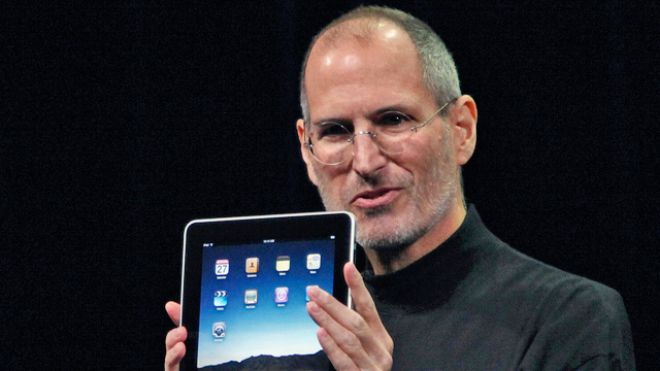(Reuters) – Accusations of threats, Cold War-style treachery and backstage attempts by Russia to punish a former Soviet republic are turning a routine election for a high-profile but largely ceremonial U.N. post into a bitter diplomatic tussle.
Serbia and Lithuania are vying for the presidency of the 193-nation U.N. General Assembly. The 12-month post involves chairing the annual gathering of world leaders in New York in September and other U.N. events.
But the assembly has no real power. Unlike the 15-nation Security Council, which can issue legally binding resolutions and authorize sanctions or military interventions, the assembly’s decisions are recommendations with no legal force.
Still, Lithuanian U.N. Ambassador Dalius Cekuolis and Serbian Foreign Minister Vuk Jeremic both want the job, which is currently held by Qatar’s U.N. ambassador, Nassir Abdulaziz al-Nasser. If neither candidate withdraws, the two will face off in a rare secret-ballot General Assembly vote in June.
Traditionally, the presidency of the General Assembly, which diplomats usually refer to by the initials “PGA,” rotates between the five regional groups of U.N. member states. In 2012/2013, it is the Eastern European Group’s turn to hold it.
In a conversation with a small group of reporters in New York earlier this month, Cekuolis and Lithuanian Foreign Minister Audronius Azubalis described their annoyance with Serbia seeking the post, which they have been eyeing since 2004.
“The time has come for us as well to be represented,” said Azubalis, adding that Cekuolis’ 2007 stint as the chair of the Economic and Social Council, one of the six main U.N. bodies, had given Vilnius’ U.N. envoy vital experience for the job.
Serbia, a European Union candidate which is emerging from more than a decade of isolation after the 1990s Balkan wars, has never had a shot at a U.N. job. “This is the first time that Serbia put forward a candidacy for a post within the U.N. system,” Jeremic told Reuters in an interview.
“All other countries from our part of the world had their chance to run for and serve either on the Security Council or in the General Assembly,” the 36-year-old minister said.
Jeremic has become a familiar face at the United Nations in recent years, forcefully arguing Serbia’s case in the Security Council and General Assembly against Kosovo’s 2008 declaration of independence from Belgrade, which the Serbs say was illegal.
RUSSIA WORKING BEHIND THE SCENES?
But Jeremic, who is among Europe’s longest-serving foreign ministers, may have other reasons for seeking a job in New York.
Serbian analysts and Western diplomats say Jeremic has lost support within the senior ranks of the co-ruling Democratic Party of President Boris Tadic, particularly because of a number of diplomatic setbacks in Serbia’s opposition to Kosovo’s independence. Serbia has elections in May.
Diplomats from the fractious 23-nation Eastern European Group made clear they would prefer to avoid turning to the General Assembly to help decide who from their group would take the post. The last time the assembly voted on a PGA was in 1991.
“This issue is bringing up some Cold War hostilities,” an Eastern European diplomat said on condition of anonymity.
Lithuania, a member of the European Union, suggested Russia might be encouraging Serbia to punish the Baltic state for past remarks about World War Two. Western envoys said Moscow was lobbying against Vilnius for Belgrade.
“What we have heard unofficially is that Russia is obsessed about how we see the history of the Second World War,” Azubalis said. Cekuolis said the Russians had warned Lithuania as early as November 2011 “there might be other candidates.”
Russia’s annoyance with the former Soviet republic that regained independence after the 1991 collapse of the Soviet Union may be due to remarks Cekuolis made in May 2010 at a General Assembly session commemorating the 65th anniversary of the end of World War Two.
“To our nation, the end of the war did not bring freedom,” Cekuolis said. “Instead, it resulted in the occupation and renewed annexation of Lithuania by the Soviet Union.”
“My country was subjected to the rule of another totalitarian regime, that of Soviet communism,” he said.
Russia’s U.N. mission made no attempt to hide its irritation with Cekuolis’ remarks, but vehemently denied any role in the candidacy of Serbia, a strong Russian ally, for the PGA post.
“From the very beginning we openly told Lithuanians that we could not support a candidate for General Assembly presidency who does not understand the importance of the victory over Nazism – the very victory that made the creation of the United Nations possible,” the mission said in a statement to Reuters.
Azubalis also accused Jeremic of threatening Lithuania with diplomatic retaliation if Cekuolis refuses to withdraw from the race – saying Serbia would attempt to block Lithuania’s bid for a two-year seat on the U.N. Security Council in 2014/2015.
Jeremic, who diplomats say is tipped to defeat Cekuolis in a vote, denied threatening the Lithuanians but confirmed he told them Belgrade would lobby on their behalf to win a seat on the Security Council if Cekuolis withdrew his PGA candidacy.
(Additional reporting by Matt Robinson in Belgrade; editing by Todd Eastham and Mohammad Zargham)


